Even before the pandemic, self-ordering kiosks were popping up in big-name restaurants across the world. Panera was one of the first restaurants to embrace the new technology in the US, installing kiosks in half of its roughly 800 locations in 2015. Self-ordering kiosks reduced wait times, improved order accuracy, and minimized customer crowding. Fast-food super giant McDonald’s began implementing kiosks in 2017, with the goal of having kiosks in all of its stores by 2020. Other QSRs, cafes, and fast casual dining restaurants quickly followed suit. With this trend taking over, it would only be right to know how to justify the cost of these self-ordering kiosks.
On a slow and steady upward trajectory in 2019, the pandemic rocketed self-service kiosks to the forefront by offering contactless service to prevent the spread of COVID. However, although pandemic concerns have eased, the popularity of kiosks among consumers has increased because of their ease and convenience. Self-ordering kiosks are becoming quite the standard in the restaurant industry today. However, the cost of self-ordering kiosks can be prohibitive. Industry giants like Panera and Mcdonald’s have deep pockets to invest in digital technology. But how can small restaurant owners compete?
First, let’s look at the cost of self-ordering kiosks to determine if they are a sound business investment.
1. The Cost of Self-Ordering Kiosks
Kiosks have become surprisingly affordable since they first showed up on the restaurant scene a decade ago. today, the same technology is available for a fraction of the cost, enabling small to medium-sized restaurants to stay competitive.
Applova, one of the leading providers of restaurant kiosk systems, offers several plans beginning at $1500. Standard features include the kiosk software, unlimited ordering, 24/7 customer support, marketing digi pack, menu setup, multiple location support, and payments support.
Applova kiosks also include the following top features:
- Custom branded to the restaurants business
- Customizable workflows
- Processes more tickets at a lesser cost
- Select add-ons & variations (contributes to an increase of average check size)
- Self-pay options through kiosk with debit/credit card
- Multi-lingual
- AI-based recommendation
Many restaurants think the cost of self-ordering kiosks is too expensive, but with smart and affordable solutions like Applova your investment will begin paying dividends right away. Restaurants typically see increased revenues of $20,000 to $40,000 within several months of use, so in a short period of time, the system has paid for itself.
Must Read: 9 Reasons Your Restaurant Needs a Self-Ordering Kiosk
2. Justifying The Cost Of Self-Ordering Kiosks
While the cost of self-ordering kiosks may seem daunting, companies such as Applova offer affordable restaurant ordering solutions that pay for themselves in as little as three months. Read on to find out why the benefits of restaurant self-service kiosks justify the cost, especially for QSRs, cafes, food trucks, and fast casual dining establishments.
- Cultivate the Rapidly Growing New Majority of Diners
Millennials and Gen Zers not only embrace innovative technology like self-ordering kiosks, but they also prefer it. In fact, a whopping 84 percent of Generation Z and 82 percent of Millennials choose to visit a restaurant with self-serve kiosks over those restaurants without one.
Millennials and Gen Zers are a demographic that restaurant owners can’t afford to ignore. Millennials currently make up 30 percent of the population and dine out an average of 241 times per year. Nearly half of Gen Zers spend $20 when dining out.
These powerful, tech-savvy, up-and-coming generations place an emphasis on accessible, innovative technology like restaurant kiosks that streamline the dining experience. Therefore, an investment in self-service kiosks is not only a smart move to make now, but it’s also an investment in the future. The cost of self-service kiosks is more than justified when you consider these consumer segments will only grow in numbers.
Standalone Box: Restaurant Kiosk Usage Stats by Generation


- 63% of responders find it easier to browse the menu on a self-serve kiosk opposed to choosing via a menu board, rising to 77% of Gen Z.
- 83% believe using a self-serve kiosk is quicker than ordering/paying through a member of staff.
- 61% find it easier to choose what they want on a self-serve kiosk, rising to 82% of Gen Z and 86% of Millennials.
- Increase Ticket Sales and Revenue
The fact that self-ordering kiosks boost sales alone makes them an excellent investment. Customers who use self-service kiosks frequently place larger orders. By recommending popular add-ons or combos, AI-based recommendations and software features that upsell or cross-sell can help customers order more sides or dessert without worrying that a human order taker will be critical of them. Also, customers don’t feel rushed since they have more time to go over the menu. All of these factors increase ticket prices and overall revenue.
There are also numerous less obvious ways self-ordering kiosks lead to increased revenue, such as:
- Reducing ordering time, which allows restaurants to serve more customers in less time.
- A streamlined ordering process prevents lines from forming and impatient customers from leaving and enables you to serve more customers per day than you could accommodate otherwise.
- Eliminating the need for staff to take orders, saving on labor costs and allowing you to reallocate employees to other tasks that contribute to a better customer experience, all of which positively affects the bottom line.
Headlines in the restaurant industry news abound with reports of restaurants seeing ticket sales increase anywhere from 18.5 percent to 40-50 percent. Even if your restaurant self-ordering system only adds a few dollars per ticket, assuming 100 kiosk sales per day for 90 days, an additional $2 per ticket adds up to $18,000 in three months, which more than covers the cost of your investment.
Must Read: Are Self-Ordering Kiosks the Future of Fast Food?
Must Read: The Rise of Self-Ordering Technology in the US
- Savoir during Labor Shortage
As restaurants finally begin to reopen after the pandemic, they’ve been hit by another challenge: a shortage of workers. The restaurant business has been hit particularly hard with a consistent 5.4 percent quit rate since 2021, the highest amongst all industries. According to AP News, 77 percent of US restaurant operators do not have sufficient staff to meet the current demand.
Self-service kiosks can help by allowing restaurants to take orders and serve customers quickly and efficiently, despite having less staff. Streamlined processes also increase staff productivity, so your restaurant can do more with less. By leveraging tools such as self-service kiosks, restaurants can get more production out of their staff costs to service their existing customers and capture new ones without increasing labor.
While harder to quantify than higher ticket sales, the money you save on labor—and perhaps more importantly, the business you retain by providing a good customer experience despite staff shortages, further justifies the cost of one or more restaurant kiosks.
When you consider all the benefits, it’s clear that the payoff justifies the reasonable cost of self-service kiosks, particularly for casual dining or quick-service restaurants. Not only can you afford to provide your customers with reasonably priced, high-quality self-ordering kiosks like those Applova provides, you can’t afford not to!

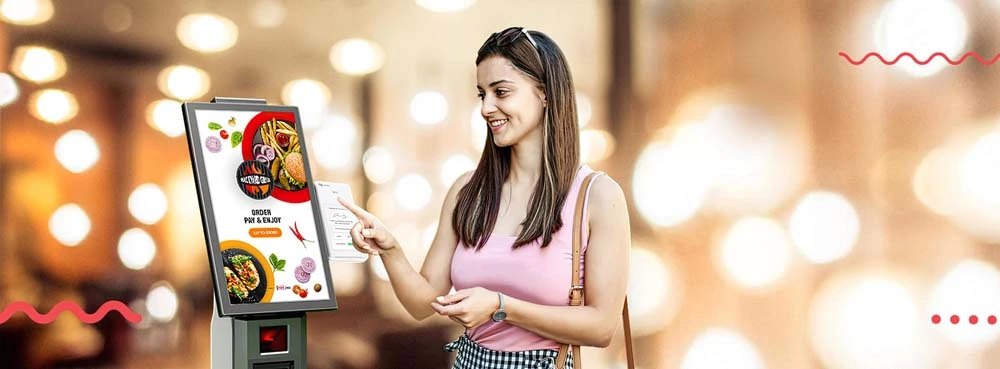
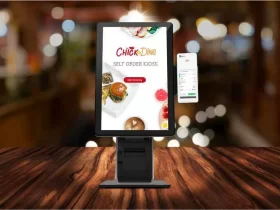



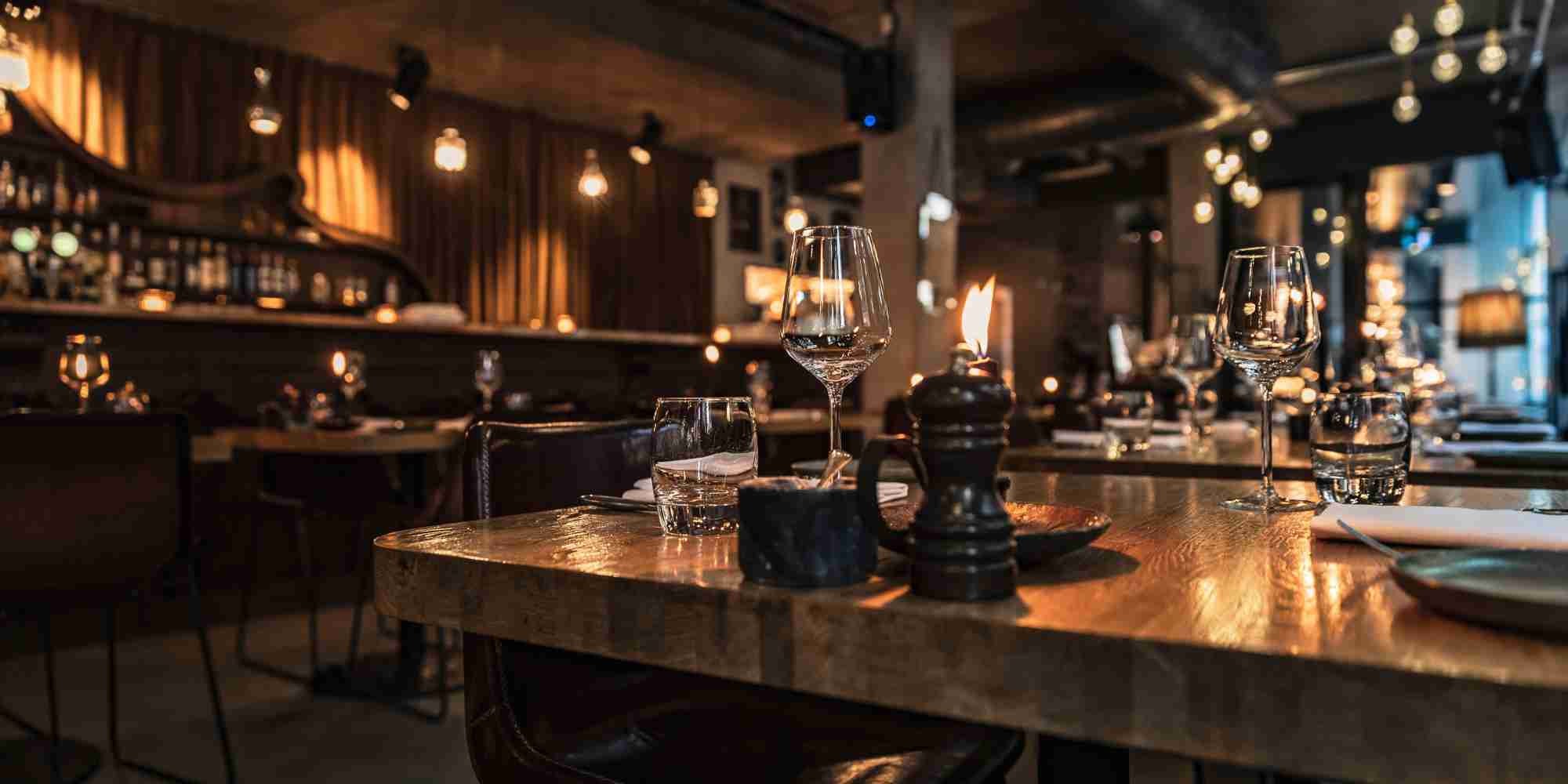


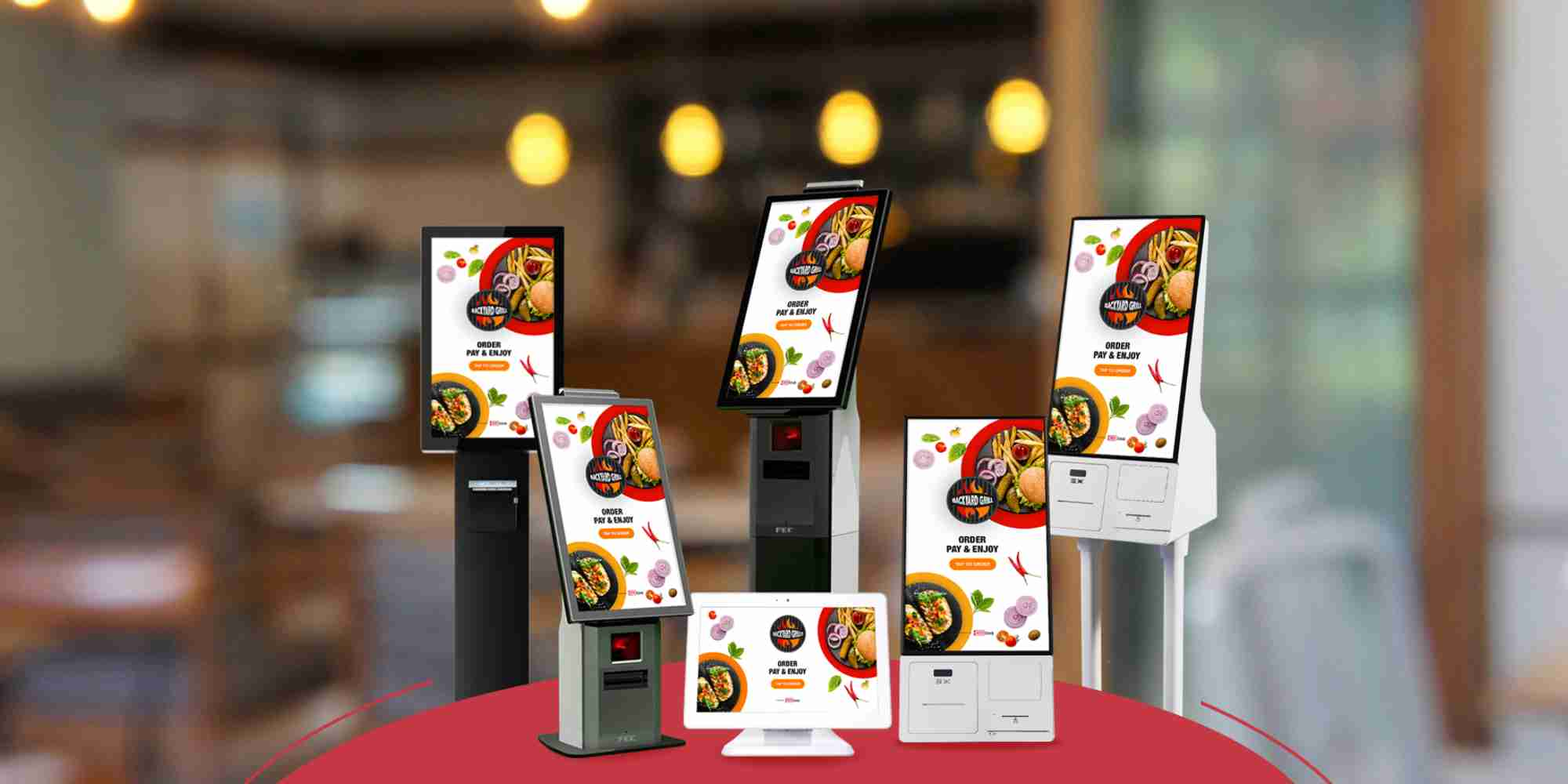
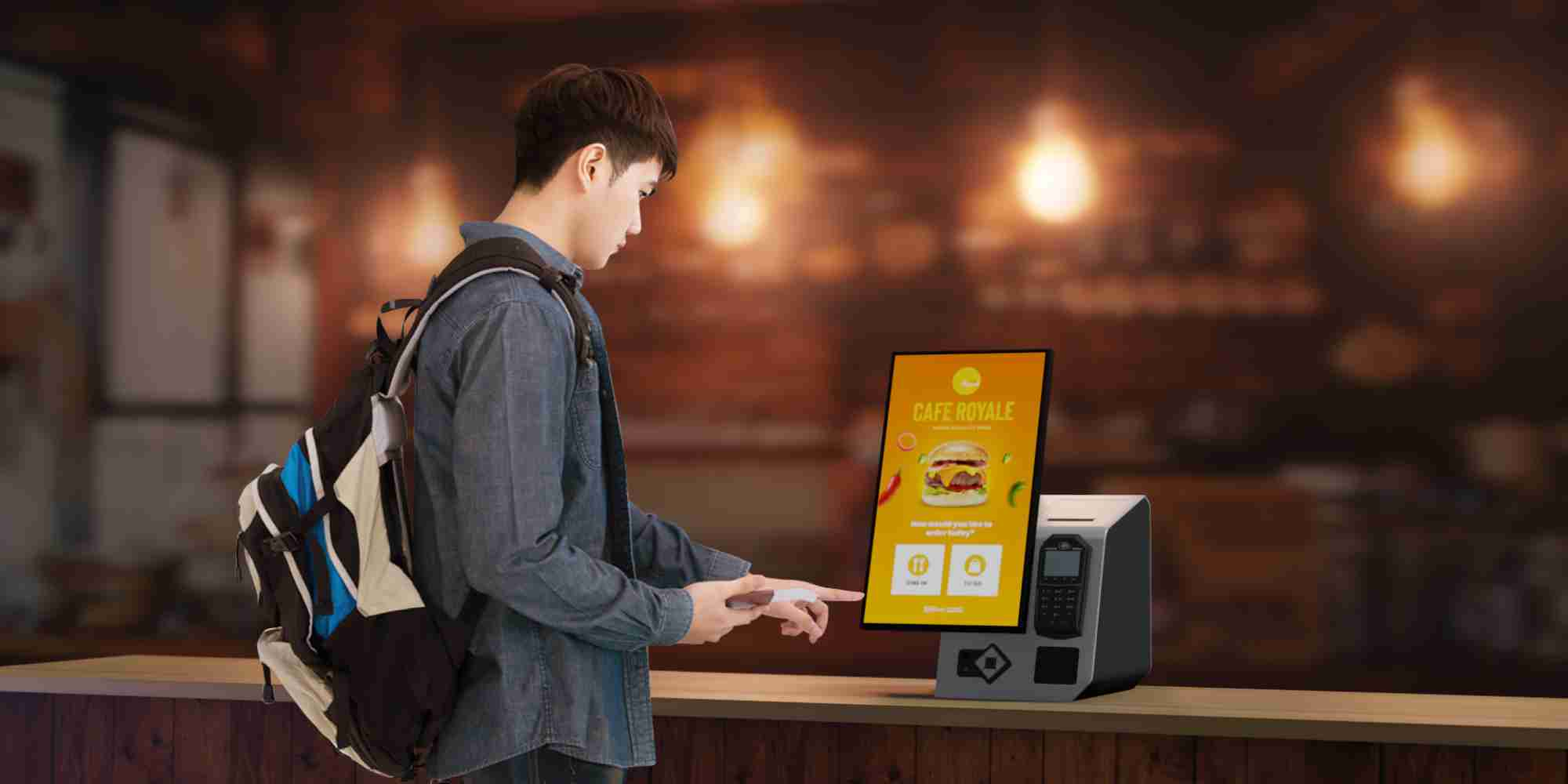
Leave a Reply